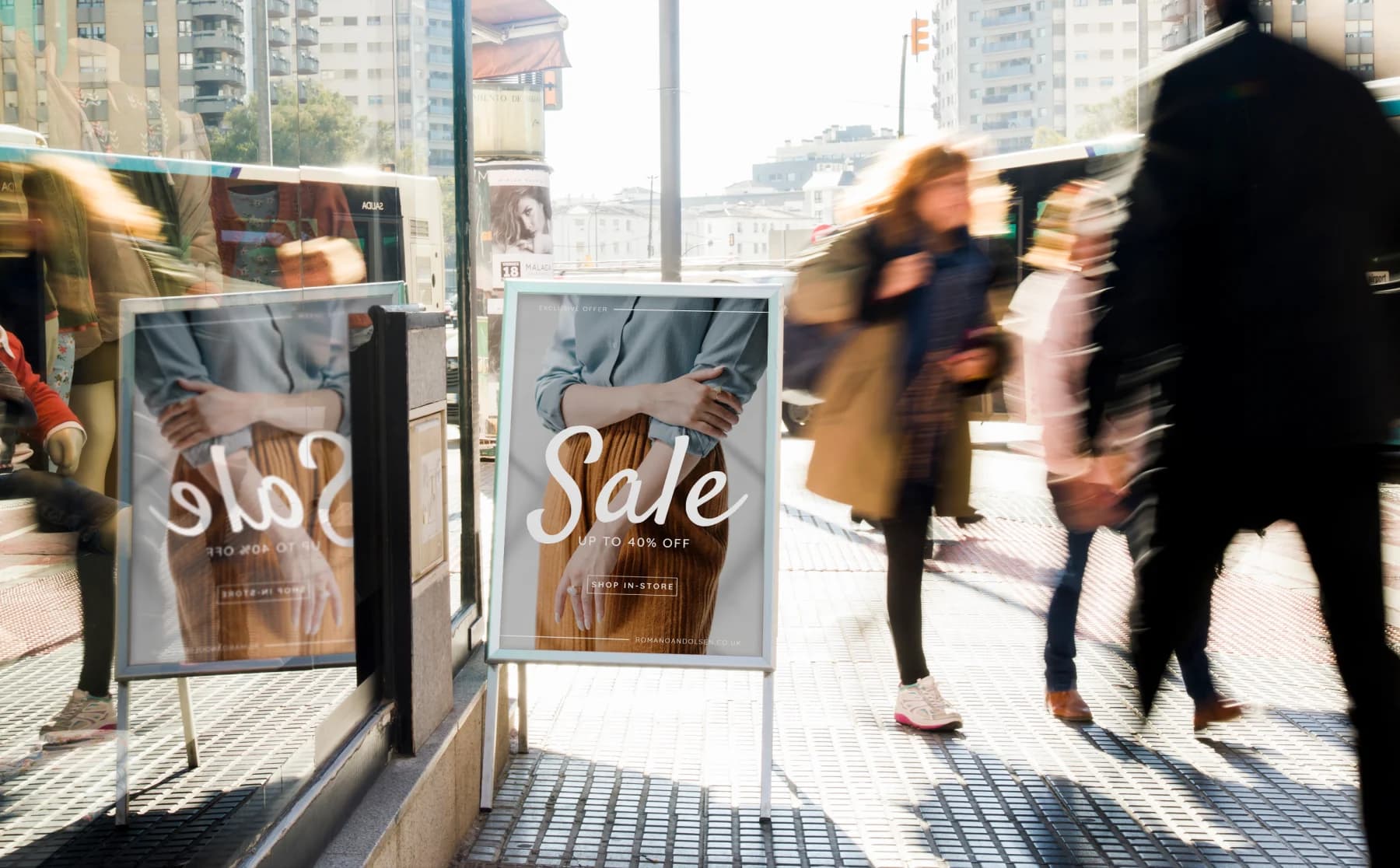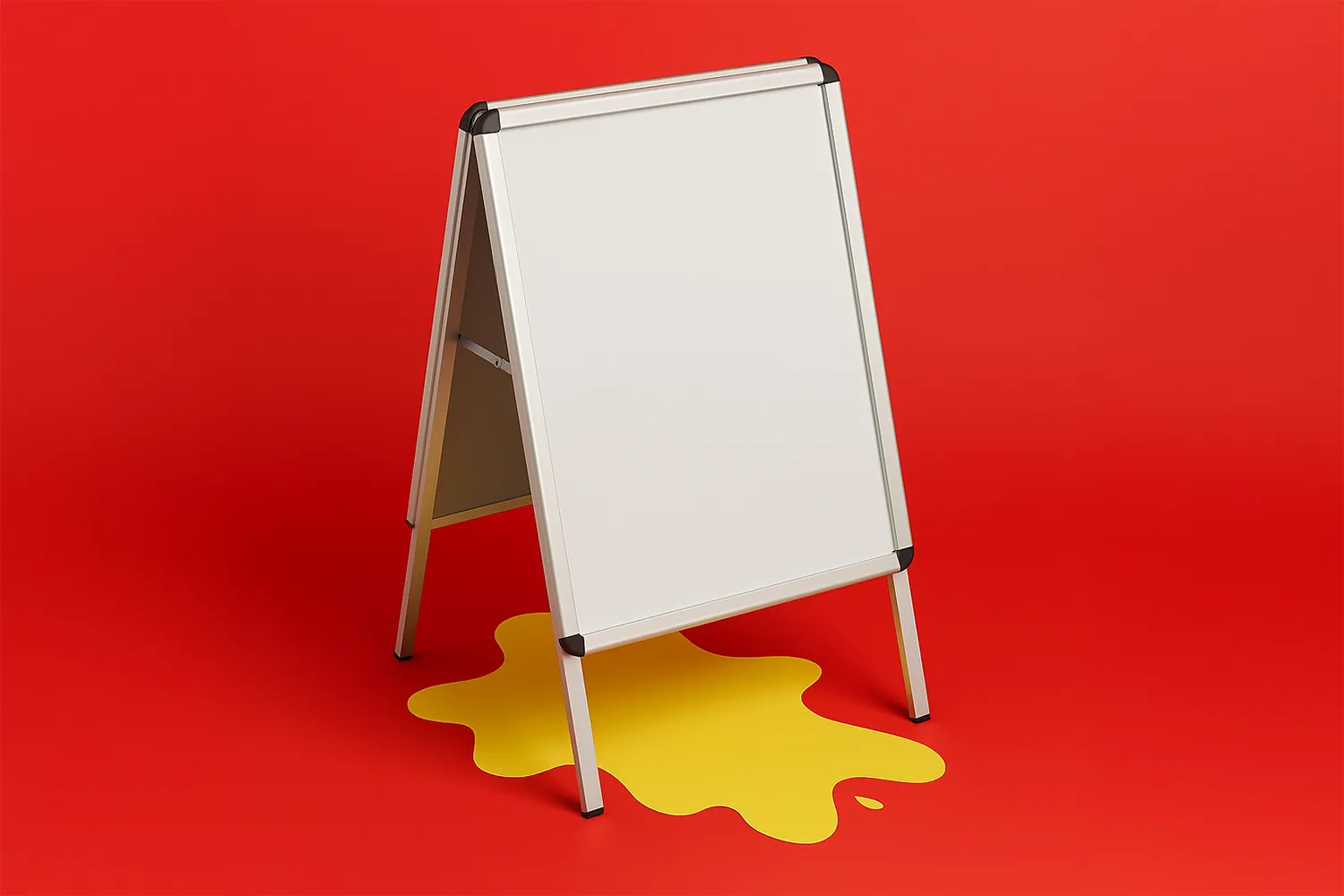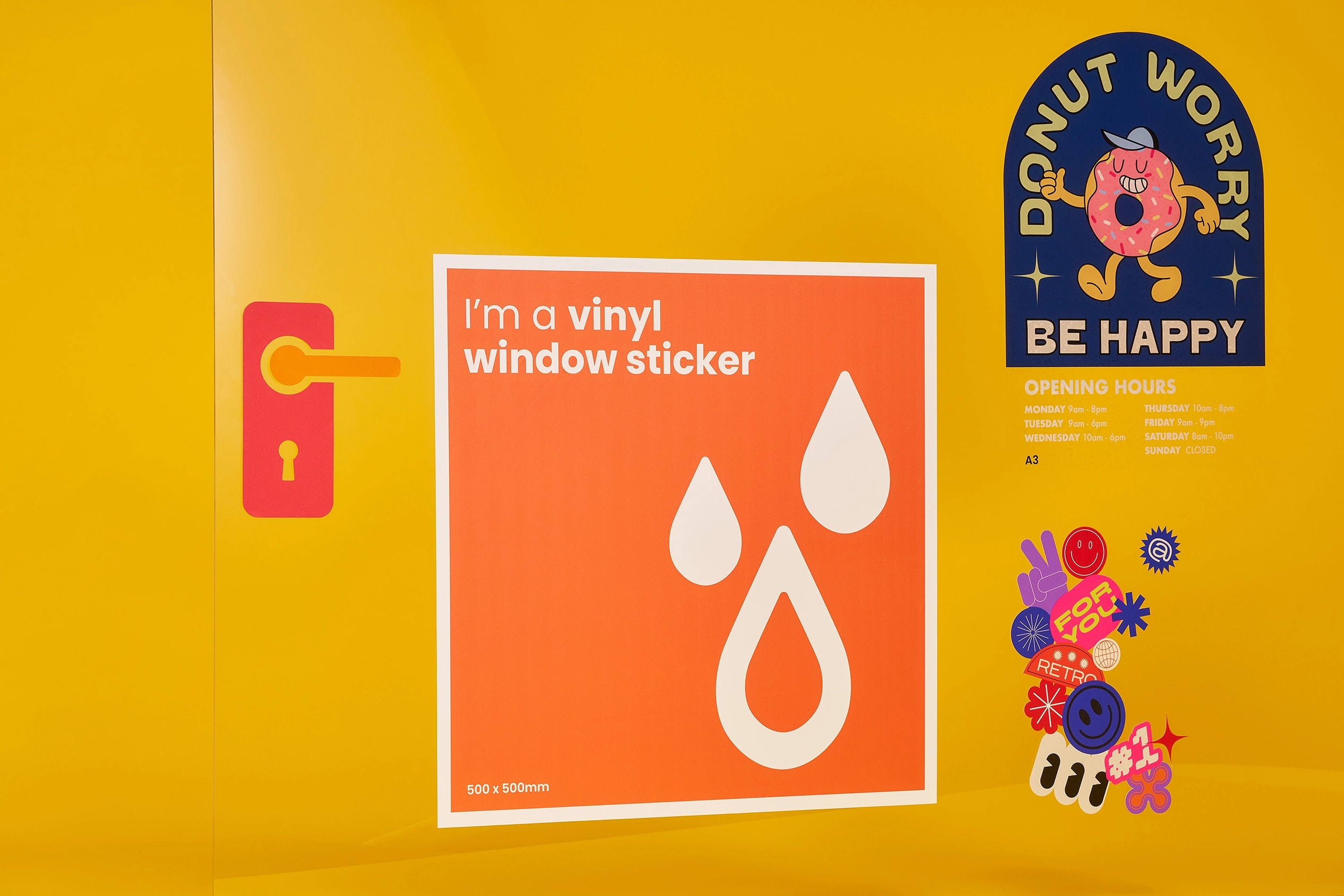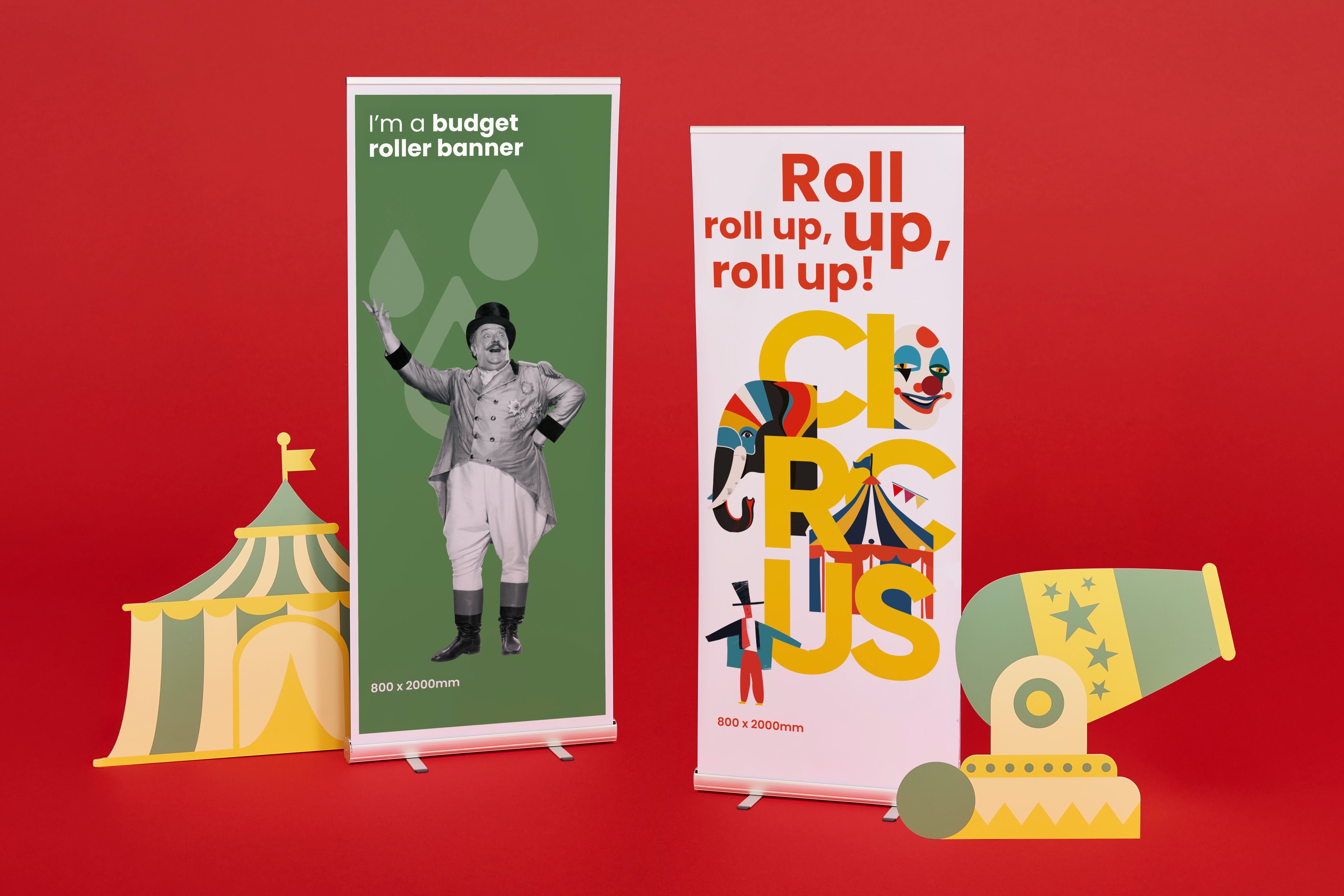
The Do's and Don'ts of Retail Sales
So, you have an online or high street business and you’re preparing to go into sale. But how do you capitalise on opportunities and increase virtual or physical footfall to your sale? When should you go on sale and what offers, or printed marketing best attracts customers? Here we will take a look at how you can get a bite of that lucrative sale marketing cherry.
When should you launch a sale?
It’s all about timing. Your sale should fall in line with upcoming trends in your industry, this often falls in line with the seasons. Fashion, jewellery, and cosmetic businesses tend to begin their end-of-summer sales in June or July to make room for autumnal and winter stock, and in January and February when they clear winter stock in favour of their spring/summer collection.
It also helps to keep an eye on the predicted weather forecast from a reliable source such as the MET office and keep some weather-appropriate clothing and accessories (that your competitors mightn’t be stocking) within easy reach. It’s all about supply and demand. If there’s a demand and you can supply, you’re winning.
A mid-season sale is also a good way to boost business when sales have been a little slow and you have the concern of a surplus of stock at the end of the season. It’s a great way to reduce stock now so that when the end-of-season sale comes, you have less to try and shift. Another thing to consider is…
When should you NOT launch a sale?
Essentially, your sale should come at a time when interest in your product range is still high enough to entice customers to buy. If you leave it too late to put your gorgeous summer dresses on sale, for example, no one will buy them as they will be thinking of popping summer clothes into storage and bringing back their autumn and winter knits. A sale of summer dresses in October is unlikely to get much attention, so don’t leave it too late. Make sure you’re ahead of the curve. You should be thinking about what your customers need next before they are.
How to get rid of sale stock?
Even when you’ve followed the golden timing rules of sales, you’re bound to have some surplus stock. Large retailers have the luxury of selling to discount retailers such as TK Maxx or they send last year’s stock to their own outlet stores where savvy shoppers can grab a bargain (Next really capitalise on this, their outlet stores are jammed with hefty discounts and excitable shoppers all year round). But for smaller retailers, check out these sale ideas:
Have a ‘last chance to buy’ section in store
This gives off a sense of urgency and with their mismatched offerings featuring an array of colours, designs and styles, they draw attention from avid shoppers.
Sell on social media
Pop your items on your Facebook or Insta page and advertise them as the last remaining items in your sale stock, again, pushing that sense of urgency.
Open an Etsy page
If your shop is on the high street, you can reach a wider audience by also having an online store. Read our guide to selling on Etsy here and don’t forget, if you open an online store, packing materials really matter when it comes to making a great impression on your customers.
Make them an offer they can’t refuse
We all love a BOGOF don’t we? Makes us feel like we’re getting the bargain of a lifetime! And if you have stock you want to sell quickly, either a buy one get one free OR buy one get one half price offer is a fantastic way to increase sales. Just ensure you’re not pricing too low to make a profit.
How do you promote your sale?
When it comes to promoting a sale, you want to make your brand the centre of attention. It’s not about subtlety, especially if lots of other retailers in your sector are going into sale at the same time. Make your messaging big and bold and do something that stands out.
Funny messaging is a great way to grab attention, not to mention an opportunity to make your brand go viral on social media. Let’s say your store is positioned next to a larger, well-known retailer. How about a large window sticker with a funny message about trying to compete with the big guns next door? Or a cardboard cutout of the business owner with a sign stating next doors MD is probably on their yacht, whilst our manager is wasting away.
These might sound like wacky ideas for your sale promotion but some wacky ideas are worth considering, such as our favourite 5 big brand marketing ideas. You may have noticed many large retailers advertising their sale with large hanging signs in their shop windows. If you don’t have a large shop front window to grab the attention of passing customers, an A-frame is unmissable when placed outside your premises. And once you have the frame, there’s no limit to what you can put inside it for advertising purposes. An A-frame is a marketing tool you can use year after year to promote your store.
Don’t forget to push your sale online too. Share the details with your followers on social media and encourage people to like and share your page.
How do you write a promotional message?
Make it relevant to the time of year – no use telling people about your Valentine’s sale once in January and never pushing it again, you need to send your promo message at the right time.
Keep it short and sweet - no one wants an essay via text. Think punchy and get to the point, be friendly and upbeat and make sure you have a call to action at the end of the message such as ‘don’t miss out, join us on Saturday’, ‘check out the website for more details’, ‘make a day of it with your friends, visit us on Saturday’.
Include all the details, when, where, and why. It’s important people know the when and where, of course, but the why often gets left out. Why should they come? What’s special about your promotion, sale, or event? People like to know what the benefit is for them so include some incentive for them to join you.
Provide insight into what they can expect. If you’re hosting a bake-off type event, let them know what kind of delicious treats they can expect, if you’re selling jewellery give them some insight into the kind of bargains they can expect (50% off all gold jewellery or buy one get one half price across the full range).
And of course, make sure on the day that you have adequate signage or shopfront banners to draw the attention of those who’ve made a point to come and visit you as well as those who haven’t.
How do you attract customers with offers?
To make an offer feel worthwhile you simply need to make the customer feel they are getting something either very cheap or for free.
• BOGOF offers are always popular because the word ‘free’ is in the title! If you’re someone who shops in Boots you will no doubt have been given a No.7 voucher on many a visit. They often promote a 2 for 3 offer knowing those who are loyal to the No.7 brand will jump on it. Perhaps they only went in for moisturiser…but if they just buy one more product in the range, they get a third free, so why wouldn’t they? The key is to leave customers believing they’ve spent less and got more.
• Free shipping is another great way to encourage sales. ‘Spend over £30 for free shipping!’ (or similar messaging) incentivises customers to buy more. We’ve all done that math in our heads, haven’t we? ‘Ok, so I’m adding this £15 top to get the free shipping. Shipping is £5 which means this top was only a tenner - bargain’.
• Coupons or vouchers. Offer a £10 voucher or coupon off their next visit in-store or online when they spend over a certain amount.
• Offer a % discount for in-store visits. Drop leaflets through doors local to your premises with a promotional discount to entice new and existing customers to pay you a visit.
Leaflets are a fantastic way to market your business as they will always get looked at. It’s easy to have email marketing automatically sent to the junk folder and people are becoming more desensitised to social media ads, whilst tangible marketing such as marketing flyers and leaflets will always be picked up and looked at. What is Point of Sale Marketing?
It’s one of the best tricks in retail outlets’ books, that’s what it is! POS marketing is the art of placing low-cost items such as chewing gum, magazines, single bottles or cans of drinks and sweet treats in the area you stand when you’re waiting to pay. The cost is so low, and the brands/products are often so appealing (who doesn’t fancy a chocolate bar after doing the big shop of filling up the tank ready for a long drive?) that you absent-mindedly add them to your trolley or basket without a second thought. Research shows that a whopping 74% of in-store purchases aren’t planned, so these little treats and trinkets at the till where your customers patiently wait are invaluable to boosting sales.
As we’ve discovered, sales always play an important role in your business, but there are a few different things you need to think about to get them just right. Follow our tips on the do’s and don’ts of sales and make sure your next sale is a successful one.
Posted on May 20, 2022 by WTTB
Related topics:


